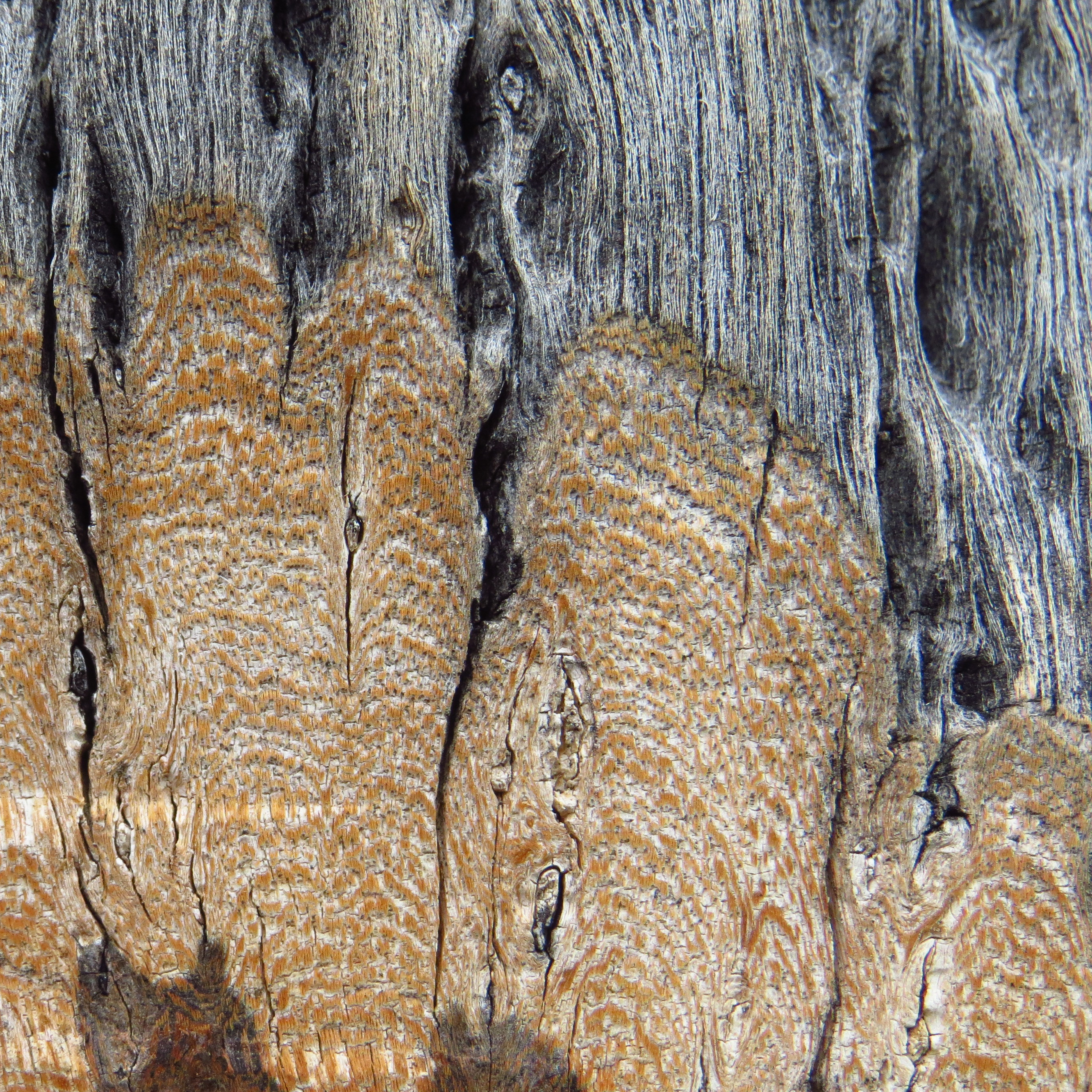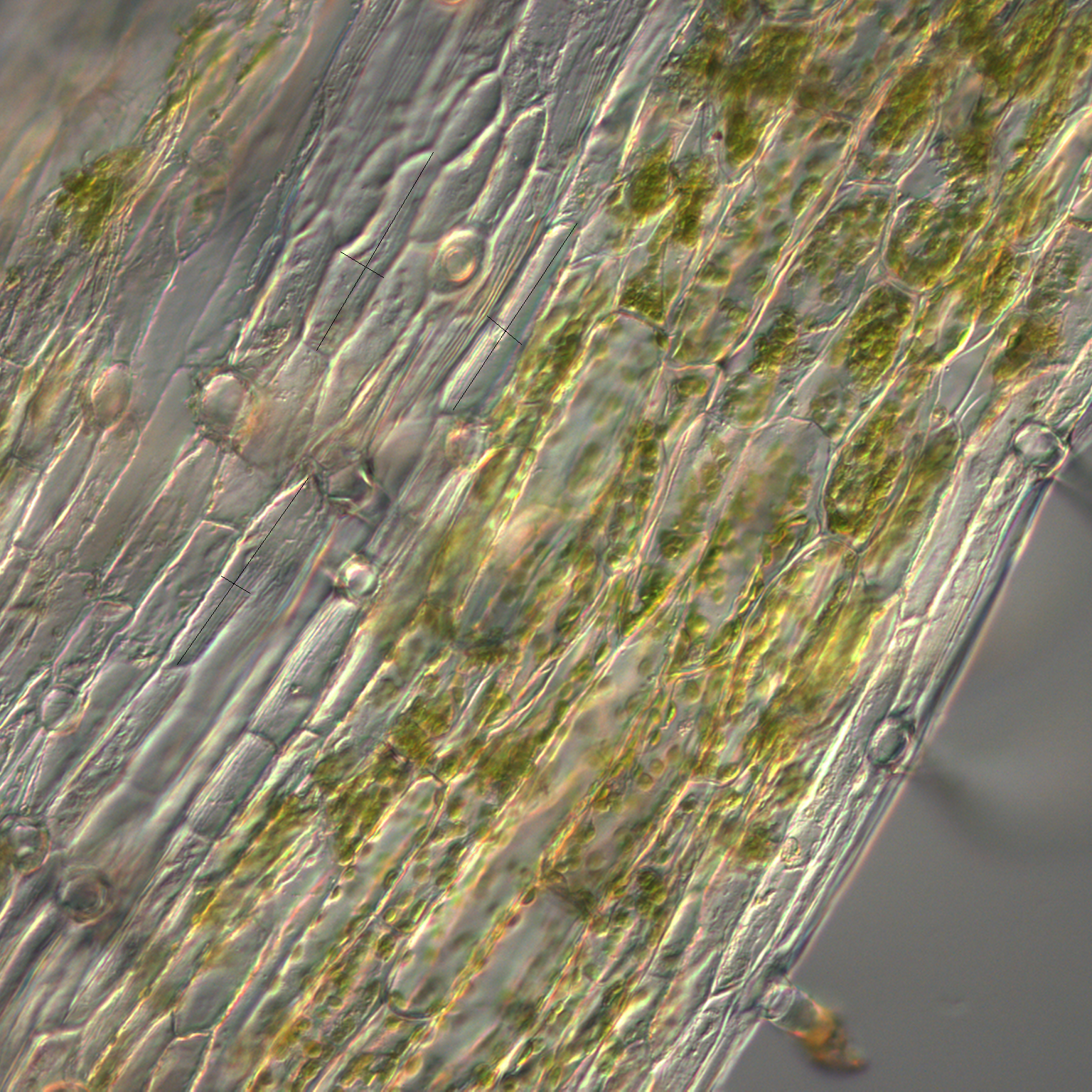EEB 2100E: Global Change Ecology
The impacts of humans on the biosphere are pervasive and profound, with potentially catastrophic consequences for ecosystems and human society. This course will explore the major components of global change including climate change, pollution, over-exploitation of resources, land-use change and biotic homogenization. We will consider how each of these drivers modifies natural ecosystems and the ability of these ecosystems to continue providing the services on which human society depends. In the group project, students will practice communicating scientific evidence about the consequence of global change to a non-specialist audience. The course fulfills the General Education Core Area 3 and Environmental Literacy requirements.
Instructor: Bagchi (Storrs), Finiguerra (Avery Point)
Typically offered: Fall alternate years, odd
Credits:
Format: Lecture
Grading: Three exams, 10 online quizzes, group project (oral and written components).
EEB 2202: Evolution & Human Diversity
Discover the biological bases of human diversity from genetic, evolutionary and cultural perspectives. We explore topics such as why some people can’t drink milk, the genetic control and natural selection of human skin pigmentation, whether natural selection is still operating in humans, and why Genghis Khan may have 16 million descendants. We also address one of the greatest puzzles in social evolution: how did humans evolve our remarkable capacity to cooperate, first, in small foraging groups, and more recently in large-scale societies, such as modern nation-states
Instructor: McAssey
Typically offered: Spring
Credits: 3
Format: Lecture
Grading: Two midterms# 1/3 and 2/3 through the course and a final that combines Exam 3 (last third) with a comprehensive final. Two assignments: one on the genetic, and one on cultural half of the course. Points for participation at lectures via clickers.
EEB 2208E: Intro to Conservation Biology
This course will provide an introduction to the discipline of conservation biology. The first two-thirds of the course will focus on the biological aspects of the discipline. Topics covered will include patterns of biodiversity and extinction, causes of extinction and population declines, techniques used to restore populations, landscape level conservation planning, and the role of conservation in protecting ecosystem services. The final third will cover the practical aspects of implementing conservation actions and will include lectures on conservation economics and conservation law. In other words, the study of extinction and biodiversity loss – how it happens, why it happens, and what people can do to lower the risk.
Instructor: Elphick
Typically offered: Spring
Credits: 3
Format: Lecture, but with discussions and poster sessions built in
Grading: Weekly homework (formative; 10%); in-class writing associated with discussion papers (10%); midterm (20%); poster projects (30%); final (30%)
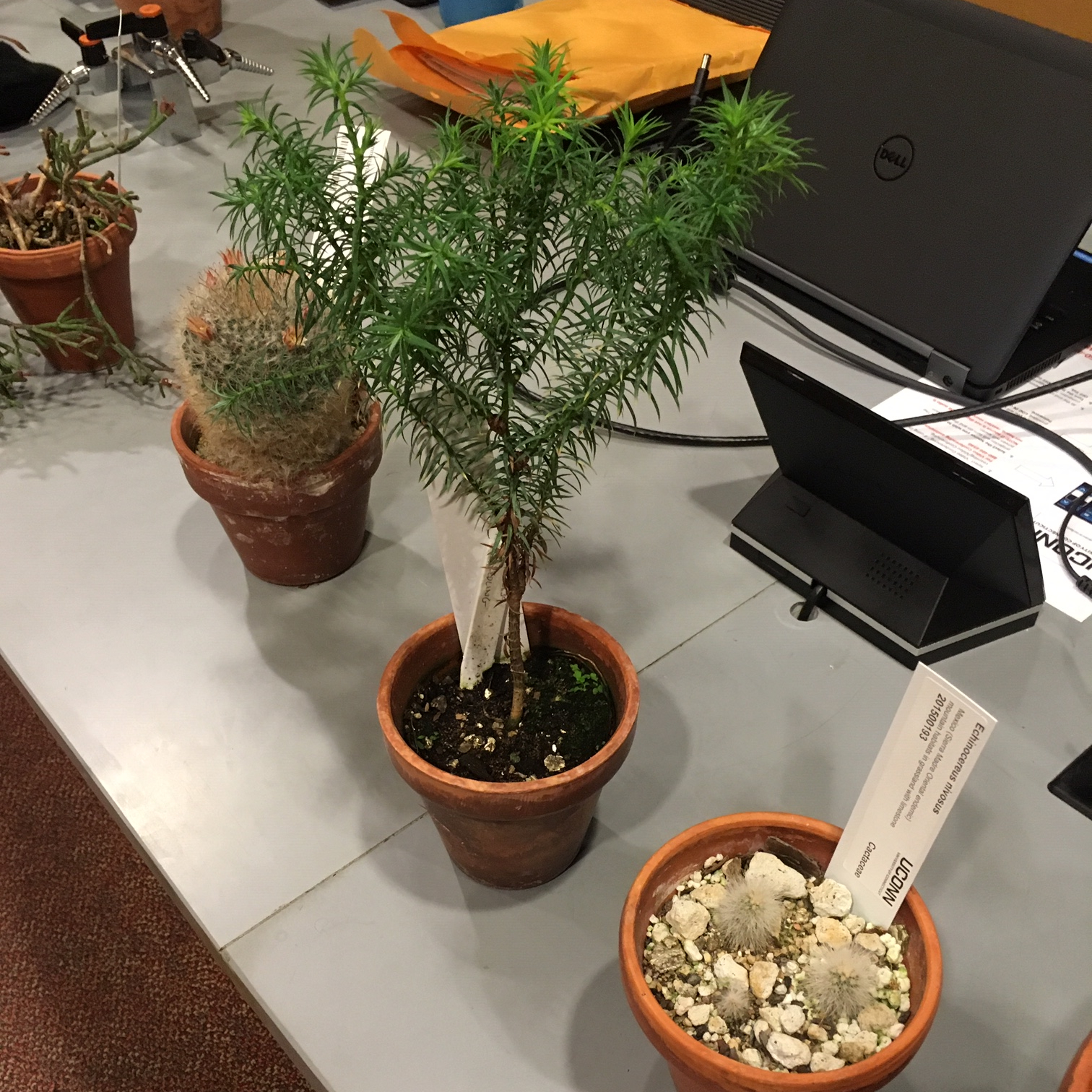

EEB 2214: Biology of the Vertebrates
Explore the evolutionary history and diversity of vertebrates with an emphasis on classification, fossil history, feeding, locomotion, physiological ecology, reproduction, defense, and social behavior. We begin with a journey through the evolution of the fishes, traverse through the dinosaurs and their relatives, then turn our attention to the amphibians and reptiles. These are followed by an examination of the the evolution, structure, and behavior of the birds. We wrap up the semester with an indepth look at the mammals with a focus on their ecology as it relates to feeding, reproduction and social behavior.
Instructor: Davis and Herrick
Typically offered: Fall
Credits: 3
Format: Lecture
Grading: Grading is based on a midterm, an endterm and a final exam. Weekly activities in class as well as short self-assessments are also provided.
EEB 2222: Plants in a Changing World
Plants have sustained all of human evolution and sustain our current ecosystems and economy. Understanding plants is key to meeting and solving global challenges such as food security, energy, climate change, and environmental degradation. This course will encompass information from multiple disciplines to understand the central role of plants in sustaining all of life, including human life. We will engage in a variety of activities including lectures, discussions, and close reading and interpretation of scientific papers.
Instructor: Diggle
Typically offered: Spring
Credits: 3
Format: Lecture, in class discussion
Grading: Grading is based on written evaluations of papers, weekly quizzes, and occassional written assignments.
EEB 2244E: General Ecology
Ecology, the scientific study of interactions between organisms and their environment, is at the heart of understanding how nature works. This course teaches the basic principles of ecology, progressing from organisms (physiological and evolutionary ecology) to populations (population distribution and dynamics, population interactions), communities (community structure and dynamics, biological diversity), ecosystems (energy flows and nutrient cycles), and ultimately the biosphere (global ecology). Students are introduced to a broad variety of scientific approaches used in the study of ecology, including observational studies, manipulative experiments, and mathematical models. The course aims not only to provide a broad introduction to this scientific discipline, but also to increase understanding of the scientific process and appreciation of the main discoveries of ecological science, and how they inform societal responses to climate change, the spread of invasive species, and non-sustainable extraction of resources.
Instructor: Adams and Turchin, Davis
Typically offered: Fall Spring
Credits: 4
Format: Lecture, weekly discussion sessions
Grading: Grading is based on 3 in-class exams and one final exam. Additionally students earn points from participation in lectures and activities in discussions including a final in-class oral presentation on conservation biology.
EEB 2245: Evolutionary Biology
Just a handful of evolutionary processes natural selection, sexual selection, genetic drift, non-random mating, mutation and migration have acted in concert to produce the fantastic diversity of life. The goal of this course is to introduce students to these evolutionary processes and use them to explain the history and distribution of life on earth. We study how these processes lead to geographic variation among populations and speciation. We examine the construction of evolutionary trees, the origin and extinction of species over geological time, including the origin of humans, and the origin of evolutionary novelties. We also explore the geographic distributions of organisms and explanations for those distributions.
Instructor: Jockusch, Yuan, McAssey, Lewis
Typically offered: Fall Spring
Credits: 3
Format: lecture
Grading: Assessment format depends on instructors, but may include exams, weekly activities, and quizzes
EEB 2254W: Current Topics in Ecology and Evolutionary Biology
EEB 2256W: Current Topics in Evolutionary Medicine and Disease Ecology
EEB 2258W: Current Topics in Conservation and Climate Change Biology
These are dedicated writing courses that: (1) provide students with an understanding of how recent scientific literature informs current research on salient topics in Ecology and Evolutionary Biology (2254W), Evolutionary Medicine and Disease Ecology (2256W), or Conservation and Climate Change Biology (2258W); (2) introduces students to formal conventions of written scientific communication in these fields; and (3) develops students’ abilities to communicate professionally using their own, original, accurate and concise scientific prose. Initial writing instruction will be provided in formats such as guided exercises in grammar, word choice, editing and evaluation/comparison of mock drafts. As the semester progresses, students will be provided with feedback from instructors specific to their own work that targets clarity of expression, thought development and argumentation.
Instructor: Varies
Typically offered: Fall Spring (at least one of these three courses)
Credits: 3
Format: lecture
Assignments: All sections will have at a minimum 15 pages of revised written work that may take the form of one large paper or smaller pieces.
Grading: Grading will be based on a combination of assignments, possibly including class participation, drafts and revisions as well as peer review.
EEB 2250: Introduction to Plant Physiology
How do plants convert solar energy to biological energy that ultimately powers your life# How do they use that energy to take carbon dioxide from the atmosphere and turn it into the carbon that makes up every living organism on the planet, including you# That’s photosynthesis! And believe it or not, it plays a huge role in controlling climate change! How do plants overcome gravity and get water from the soil to the top of a 300 ft tall redwood tree# Turns out they have designed a transport system that uses a really powerful source of energy for suction! How do plants take nitrogen gas out of the air and turn it into fertilizer when it’s so expensive and energy-dependent for humans to do the same thing# It’s a secret biological partnership! And how do plants survive when it is freezing cold in the winter or incredibly hot in the desert# How is it that plants can tell the time of day, or know what season it is# How do they know which way is up when they grow# What nasty things do plants do to insects that want to eat them# How the heck can a plant live underwater# This is just a taste of the incredible world of plants and their physiology!
Instructor: Seemann
Typically offered: Fall alternate years, odd
Credits: 3
Format: Lecture
Grading: Grading is based on a midterm exam, a final, and occasional quizzes.
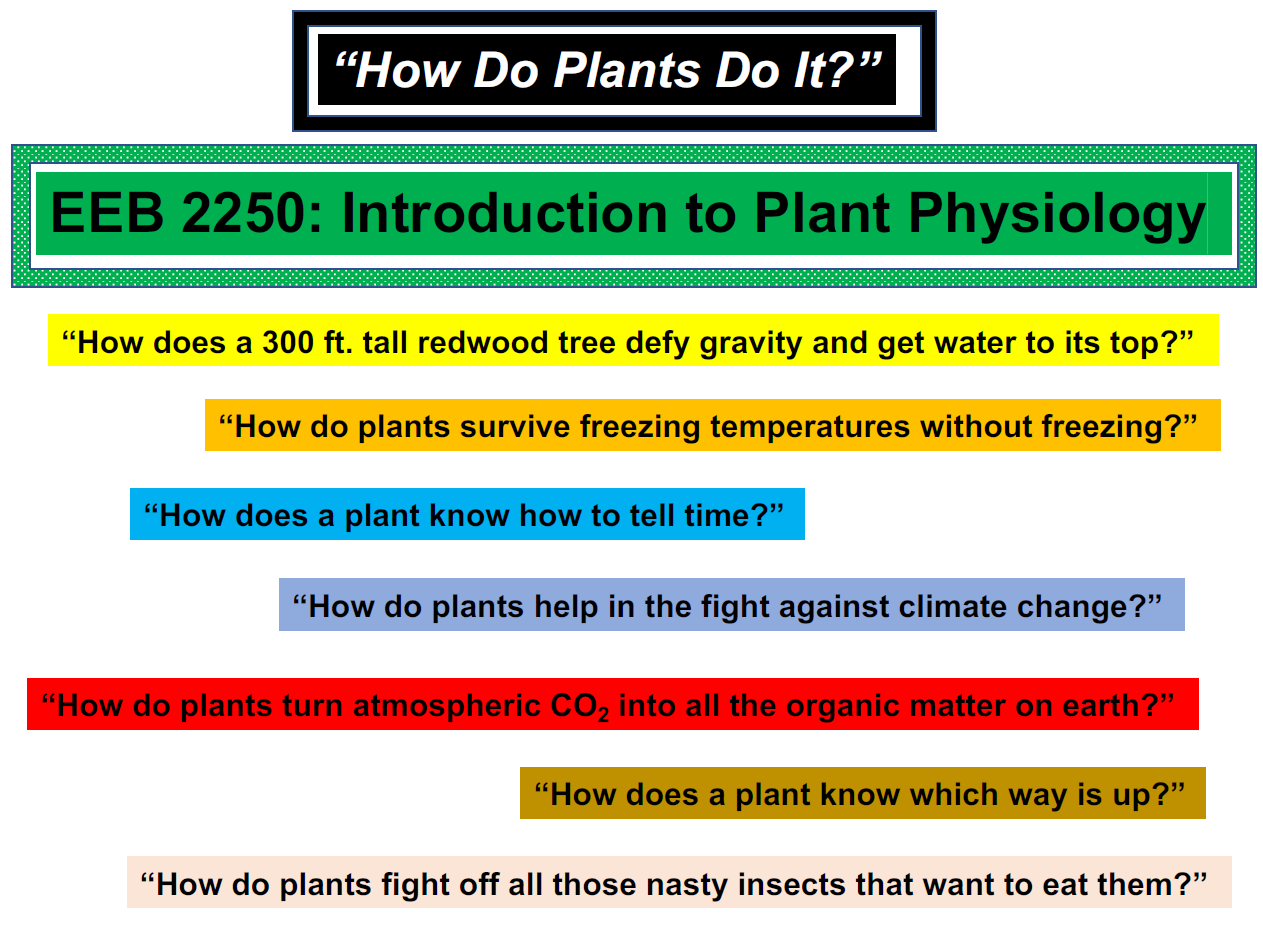
EEB 3201: Animal Behavior
From the foraging habits of the dung beetle to the complex social system of African lions, Animal Behavior is a fascinating field of study. This course explores the ecological, evolutionary, and mechanistic basis of Animal Behavior, from broad patterns to bizarre oddities. Examples of topics include fighting and territoriality, mate choice and competition, sociality, altruism, parental care, mating systems, communication, and cooperation. Although the course is primarily lecture-based, we also use non-traditional# learning activities, such as designing group research projects and presentations, reading relevant journal articles then video-chatting with the authors, and applying the scientific method.
Instructor: Knutie
Typically offered: Fall Spring
Credits: 3
Format:
Grading: The course is assessed with three midterm and one final exam, a group project and presentation, three assignments, and class participation.
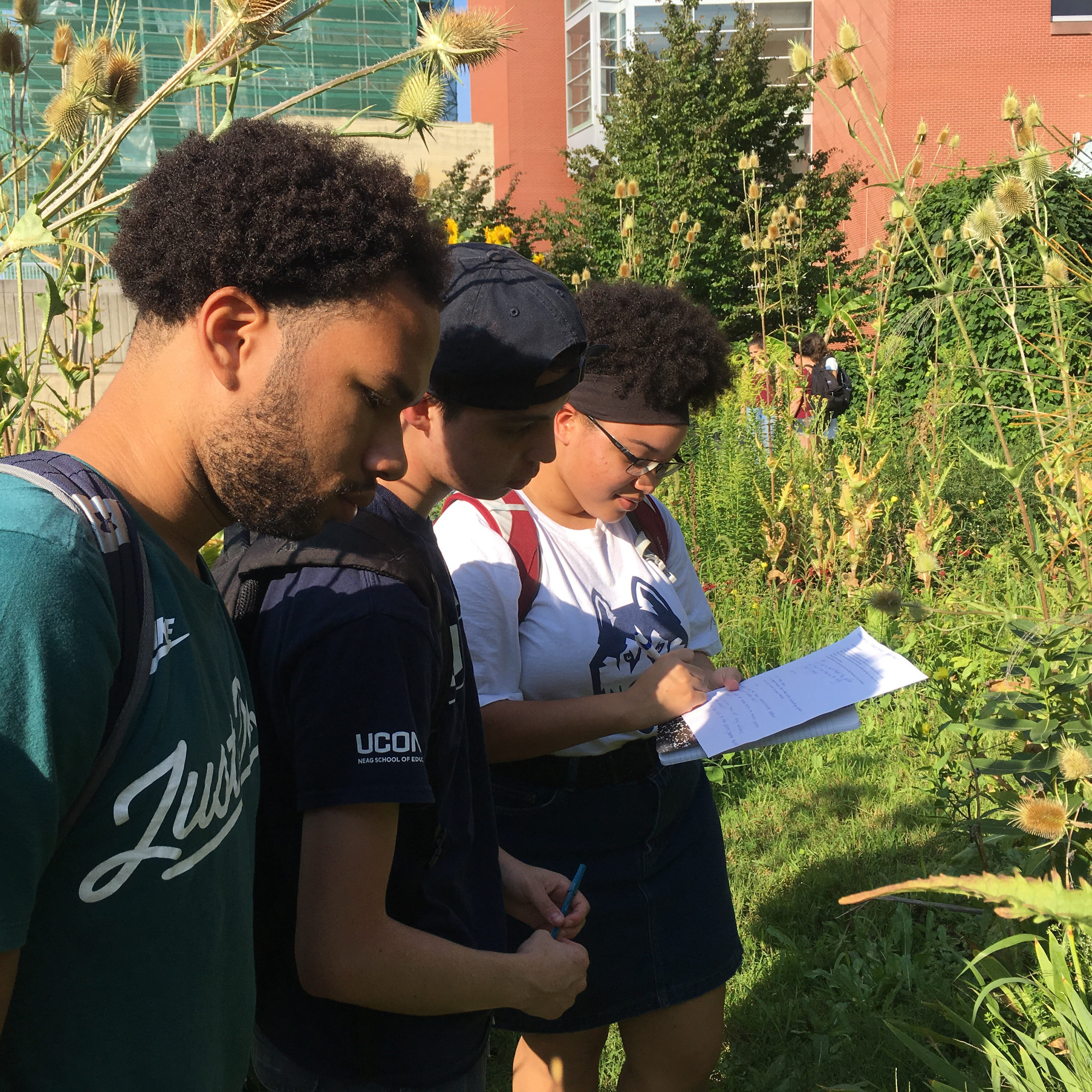
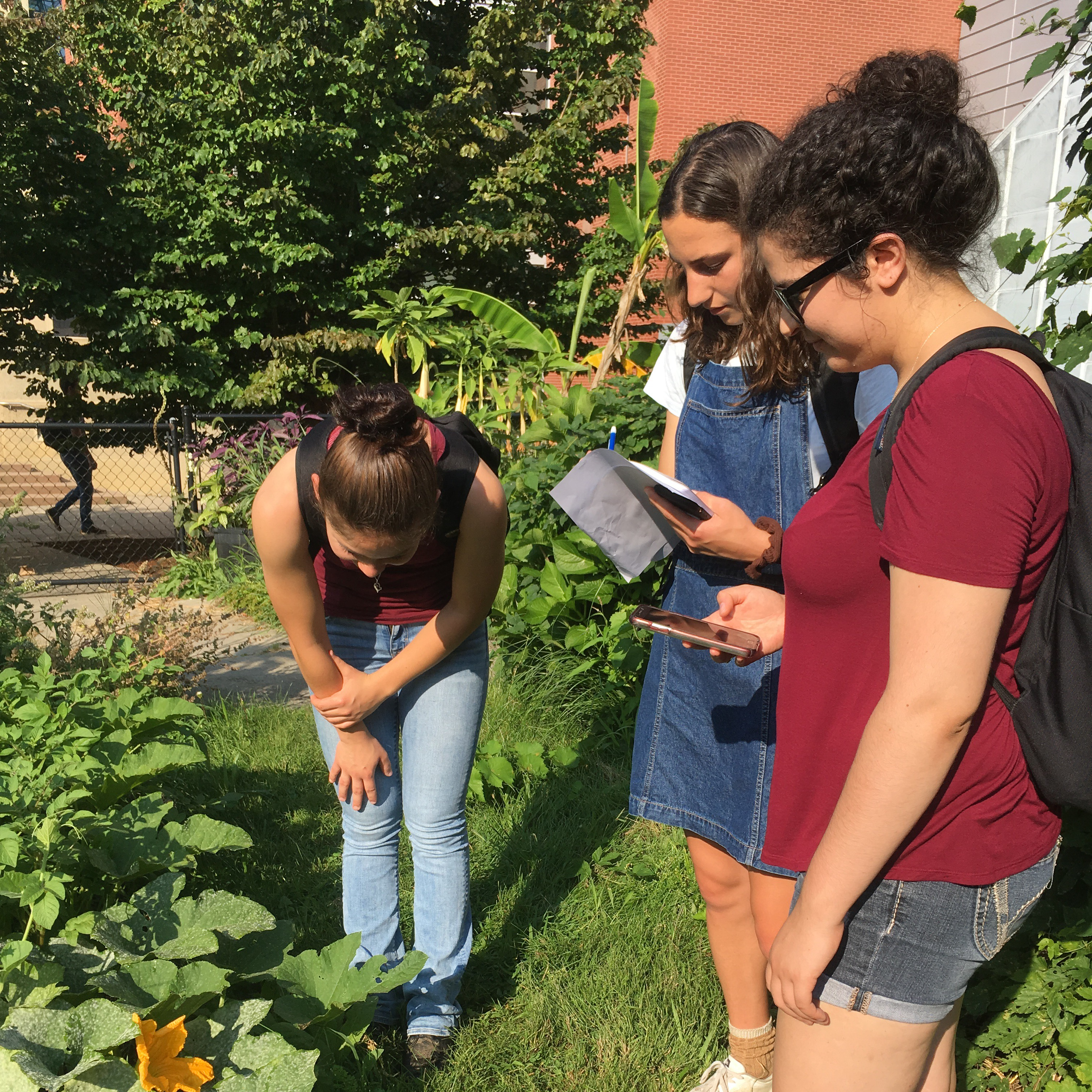
EEB 3203: Developmental Plant Morphology
This course explores the myriad variations in plant form. How can developmental modifications of three simple organs, roots, stems and leaves, result in such tremendous variation in whole plant morphology# We first learn the fundamental principles of plant construction, development and differential growth and then use these concepts to analyze an astonishingly wide variety of plants using hundreds of living plants in the EEB Biodiversity Living Plant Collection.
Instructor: Jones
Typically offered: Fall alternate years, even
Credits: 4
Format: Integrated lecture/lab in 3 hr blocks; short content lectues followed by a lot of looking at plants
Grading: 2 Midterms (Essay and drawings, lecture and lab combined); 1 Final; 1 Presentation
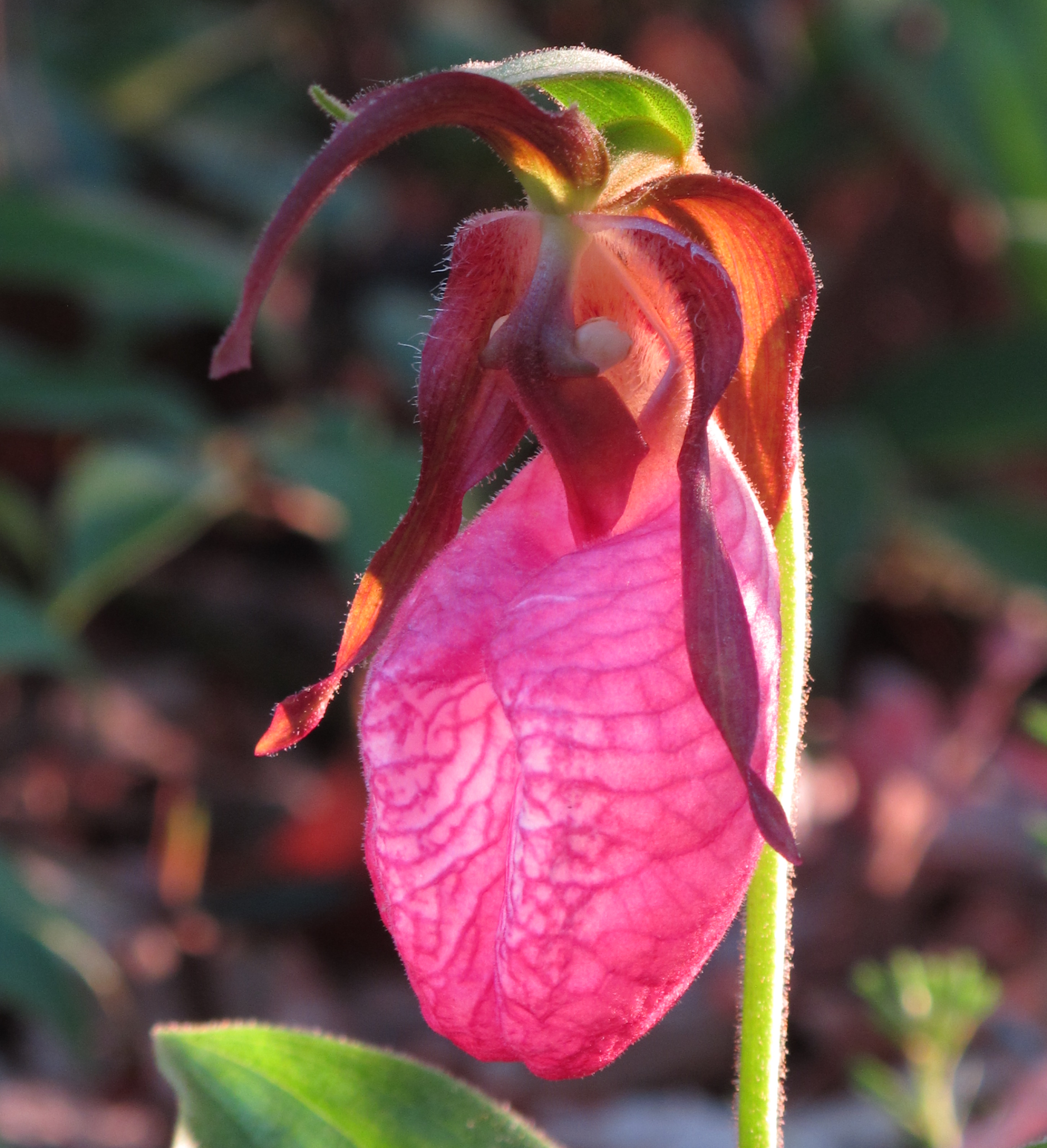
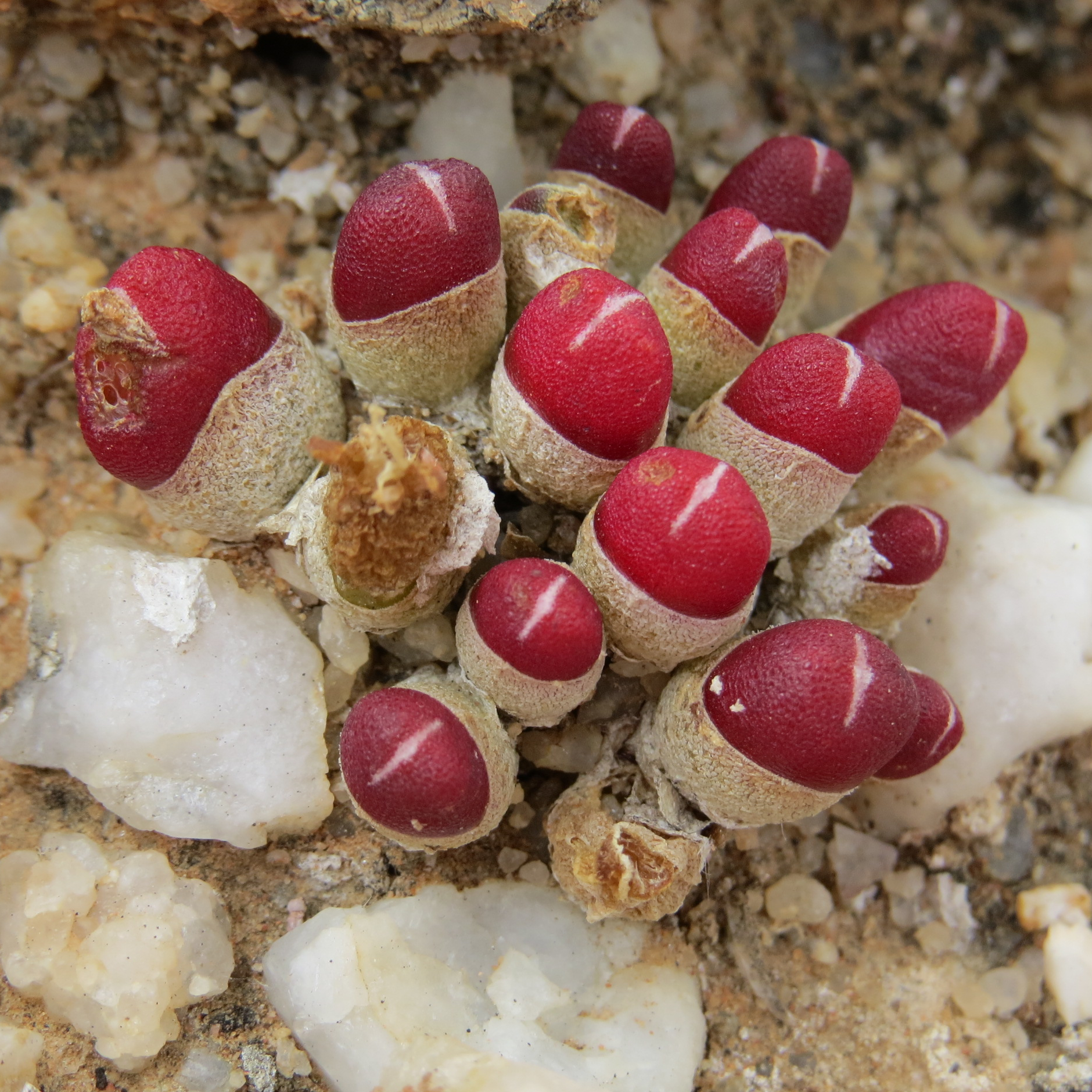
EEB 3204: Aquatic Plant Biology
Instructor:
Typically offered: Fall alternate years, odd
Credits:
Format:
Grading:
EEB 3205: Current Issues in Environmental Science
The course uses lectures, student projects, and class discussion of scientific and media-reported current events to explore a wide variety of current issues in environmental science emphasizing linkages between earth, oceans, atmosphere, and biosphere. Topics include: earth processes, climate change; human population; food resources; genetically-engineered organisms; soil/water/air resources; alternative energy; biodiversity; deforestation/restoration; urban planning; risk assessment; tradeoffs; problem-solving; alternative futures. Learning objectives include: 1) to learn the principles of scientific inquiry (to propose critical tests of hypotheses, analyze data, remain skeptical, propose new hypotheses); 2) to obtain experience evaluating environmental problems and explaining them to others in a scientific context; 3) to acquire breadth in environmental science, 4) to explore environmental challenges and potential solutions, 5) to integrate scientific, political, economic, and social aspects of environmental problems, 6) to understand the impact of science and technology on human society globally by examining case studies, theories, and applications; 7) to explore ethical, cultural, and aesthetic dimensions of environmental problems, and 8) to learn to evaluate, summarize, and present scientific ideas.
Instructor: Simon
Typically offered: Fall alternate years, odd
Credits: 3
Format: Lecture, discussion, field trips, visiting lecturers.
Grading: Student Projects


EEB 3220: Evolution of Green Plants
Plants are the foundation of Earth’s terrestrial landscapes and critical to human civilizations. In this course we explore the evolution of morphological, physiological, and genomic traits associated with the shift of plants onto land from aquatic ancestors, and the major innovations leading to the rise of flowering plants. We discuss how plants interact with animals and fungi and how they influence global biogeochemistry. Laboratories explore the diversity of morphological and anatomical traits of living and extinct plants, apply phylogenetic methodology to morphological and molecular characters, and discuss the latest exciting research in plant evolution.
Instructor: Goffinet and Lewis
Typically offered: Spring alternate years, even
Credits: 4
Format: 3 h lecture, 3 h lab
Grading: Lecture: quizzes, homework, midterm, final; Lab: projects, write-ups, oral presentations, lab quizzes
EEB 3230: Marine Biology
Instructor:
Typically offered: Fall
Credits: 3
Format:
Grading:
EEB 3240: Biology of Bryophytes and Lichens
Bryophytes and lichens are significant components of today’s biodiversity, contribute essential ecosystem functions and can even be major players in shaping changes in global climate. This course explores the morphological diversity of bryophytes and lichens, the history of their diversification, the spatial distribution of their species diversity, their ecological significance, their interaction with their symbionts and their role in biomonitoring. The laboratory sessions provide opportunities to explore the body of bryophytes and lichens, and discuss recent primary research advancing our understanding of their biology.
Instructor: Goffinet
Typically offered: Spring alternate years, odd
Credits: 4
Format: 3 h lecture, 3 h lab
Grading:
EEB 3244W: Writing in Ecology
Instructor: Schlichting
Typically offered: Fall
Credits: 2
Format:
Grading:
EEB 3245: Evolutionary Medicine
What, if anything, do medical practitioners need to know about evolution to prevent, diagnose, or treat disease? Students will learn: 1) key concepts in evolutionary biology illustrated with biomedically relevant examples, 2) the evolutionary roots of many inherited genetic disorders, and how this informs diagnosis and treatment, 3) to critically evaluate evolutionary explanations for health and disease, 4) how evolution of parasites, pathogens, and disease vectors leads to emergence of new diseases, or failure of treatment strategies, 5) how cancer is fundamentally an evolutionary process within a patient’s body, and 6) how evolution can be used as a tool to facilitate drug discovery, vaccine design, and treatment plans.
Instructor: Bolnick (Storrs)
Typically offered: Fall
Credits: 3
Format: Lecture
Grading: 6 online quizzes, 3 exams, participation, and a written research project.
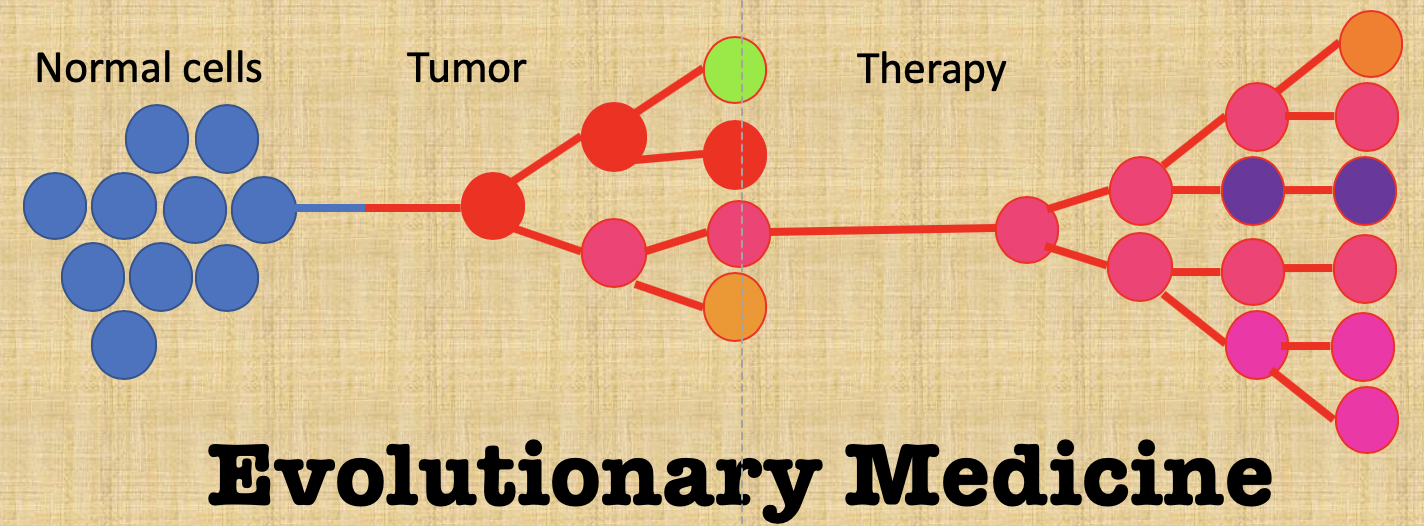
EEB 3247: Freshwater Ecology
Humans have an innate connection to freshwater systems, be they ponds, lakes, or streams. Join this course to understand the inner workings of these freshwater ecosystems through linked lectures, discussions, labs, and by studying real systems. You will understand the diversity, processes, and organisms that make freshwater systems unique and so important to life on Earth. We will also learn about the many threats to freshwater systems and how to manage these threats. Through an independent project, you will apply your learning by following your own scientific curiosity. The course is perfect for future scientists, resource managers, educators, or just anyone who enjoys class outside.
Instructor: Urban
Typically offered: Fall alternate years, odd
Credits: 4
Format: 2 lectures and an afternoon lab each week
Grading: Midterm, final, independent project, plus quizzes, participation, and lab reports
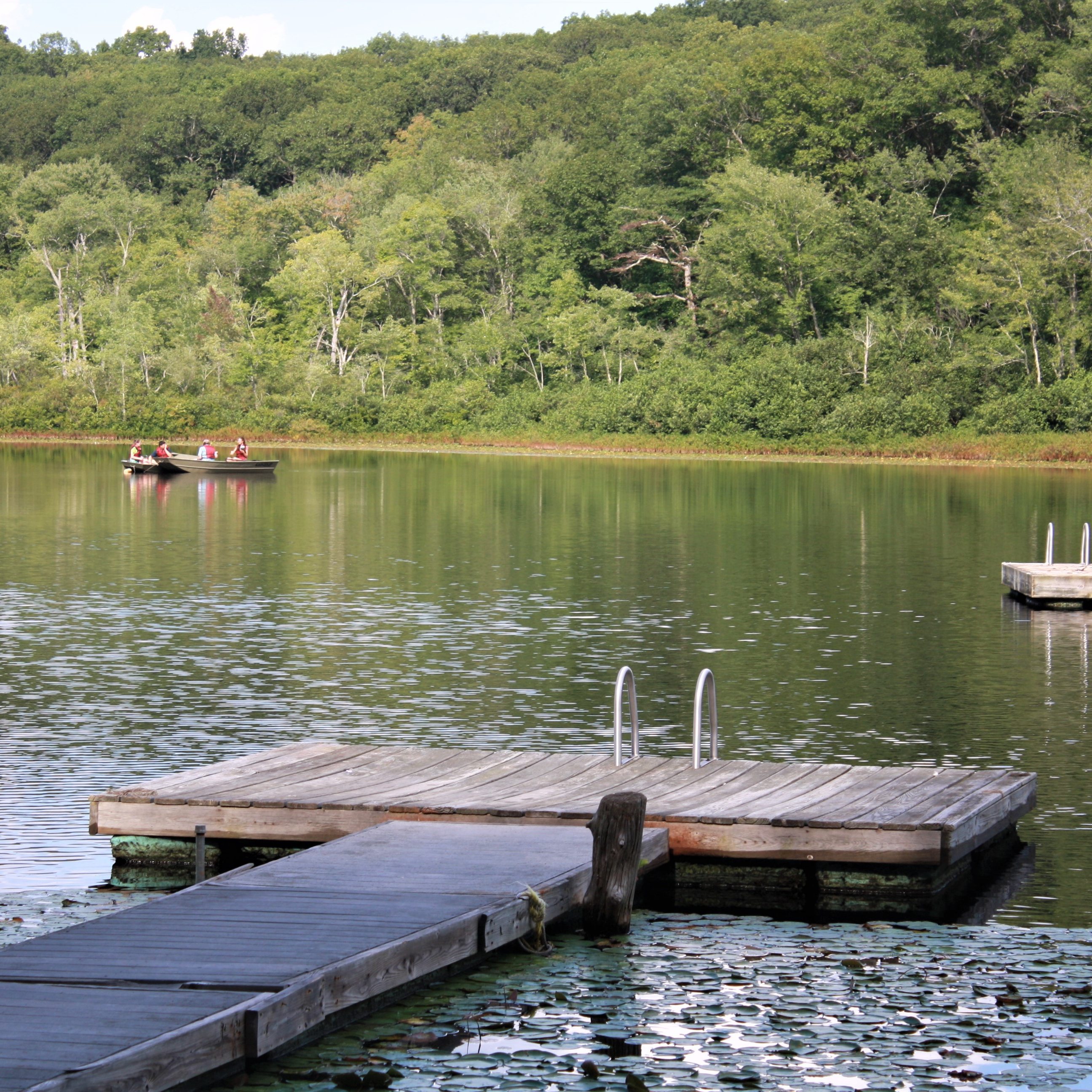
EEB 3250: Biology of the Algae
Algae are often thought of as either the answer to our fuel crisis, as nuisances, or the cause of harmful blooms. Algae are diverse organisms forming the foundation of marine and terrestrial ecosystems. In this class we discuss the roles of algae in shaping past and present ecosystems, how they diversified over evolutionary history, their economic uses, and how they are impacted by human activities. The lab emphasizes identification and properties of different types of algae, and optional weekend field trips provide first hand experience seeing algae in their natural environments. We also read and discuss the textbook and selected primary literature.
Instructor: Lewis
Typically offered: Fall alternate years, even
Credits: 4
Format: 3 h lecture, 3 h lab
Grading: Lecture: quizzes, midterm, take home final; Lab: projects, write-ups, oral presentations, lab quizzes
EEB 3254: Mammalogy
Mammals evolved during the time of the dinosaurs and have come to occupy every continent and almost every imaginable habitat, from equatorial rain forests, wind-swept deserts, and polar ice flows to the abyssal depths of the world s oceans. They include some of the smallest vertebrates ever to live, as well as the largest, the fastest runners, and most voracious predators. And they include ourselves. How did this astonishing diversity evolve# In this course we examine the origin and fossil history of mammals, their structure and function, taxonomy and phylogeny, diversity, behavior and ecology. Through an understanding of mammals, students will come to learn general principles of organismal evolution and ecology.
Instructor: Davis and Schwenk
Typically offered: Fall alternate years, odd
Credits: 4
Format: 3 h lecture, 3-4 h lab
Grading: Lecture exams; lab practicals and quizzes; and a field project.
EEB 3256: Plants and Civilization
Instructor: TBD
Typically offered: Variable
Credits:
Format:
Grading:
EEB 3260: Medical Botany
Instructor:
Typically offered: Fall Spring
Credits:
Format:
Grading:
EEB 3264: Field Parasitology
Introduction to local parasites, their evolution, identification, and common methods used for collection and preservation. Adaptations and evolutionary trends seen in various parasitic groups and how they affect their hosts. Laboratories, collection outings, and field trips required.
Instructor: TBD
Typically offered: Summer
Credits: 3
Format: Lecture, Laboratory, daily field trips
Grading:


EEB 3265: Herpetology
This lab-intensive course applies a broad approach to the study of amphibians and reptiles.# The first half of the course addresses the evolution, feeding, morphology, social behavior, larval ecology, water relations, thermoregulation, and systematics of amphibians.# The second half considers the systematics, morphology, biomechanics, feeding, physiology, sensory biology, and behavior of reptiles.# The laboratory is a very hands-on and time-intensive exploration of the systematics, distribution, habitat, and identification of amphibians and reptiles around the world with a focus on Connecticut species.# Students will also participate in several field trips during which we will observe these animals in their natural habitats.
Instructor: Schwenk and Herrick
Typically offered: Spring alternate years, odd
Credits: 4
Format: 2 hr Lecture and 4 hr Lab
Grading: Grading is based on a midterm, and endterm, two lab practicals, and a final exam.
EEB 3266: Field Herpetology
Field-intensive study of diversity, ecology, physiology, behavior, adaptation and identification of the amphibians and reptiles of the region; herpetofaunal research methods. Field trips required.
Instructor: TBD
Typically offered: Summer
Credits: 3
Format: Lecture, Laboratory, daily field trips
Grading:
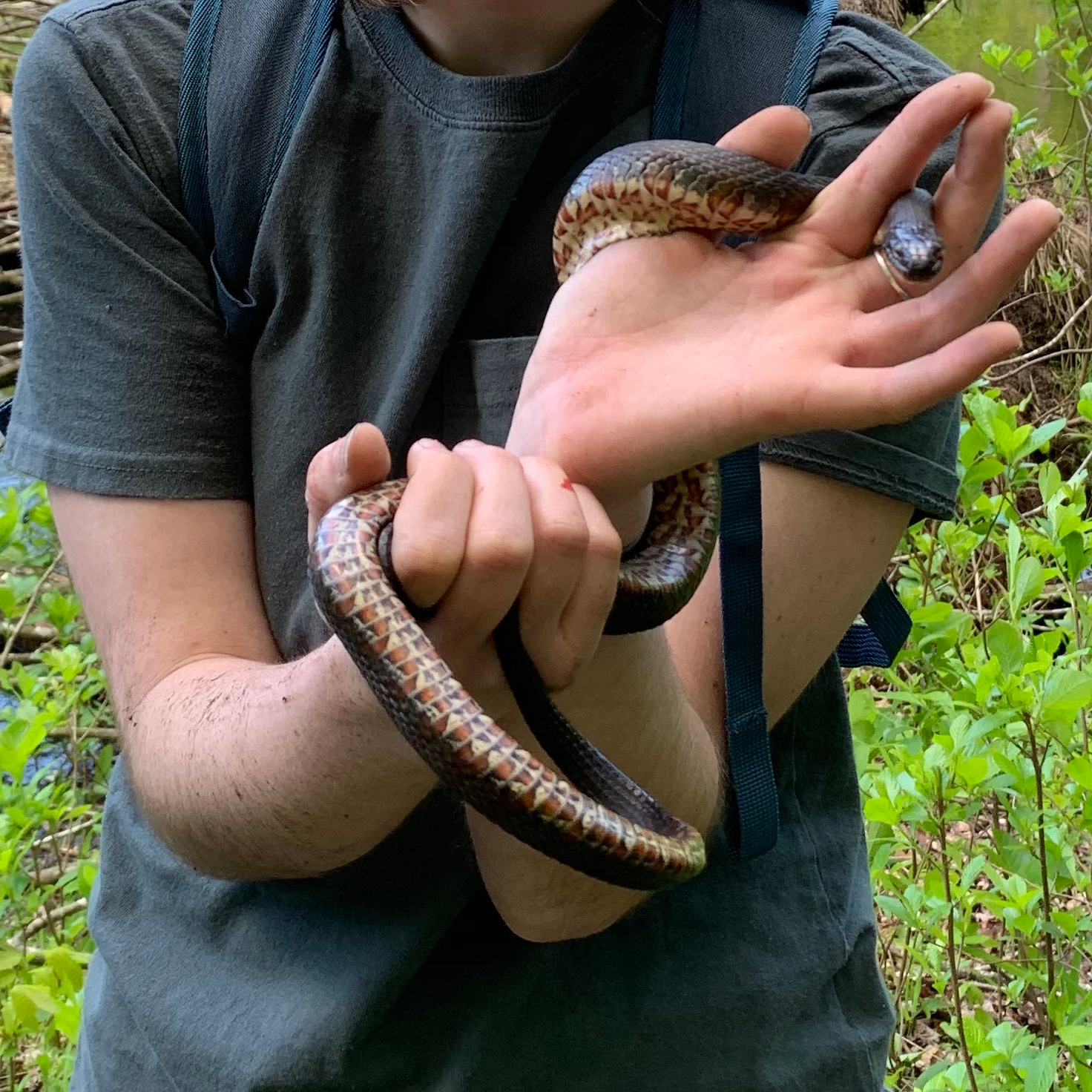

EEB 3267: Field Animal Behavior
Introduction to animal behavior, focusing on observational methods, collecting techniques, and analysis of behavioral data. Topics include foraging theory, territoriality, navigation, social behavior, communication, mating systems and sexual selection. Field trips required.
Instructor: TBD
Typically offered: Summer
Credits: 3
Format: Lecture, Laboratory, daily field trips
Grading:
EEB 3269: Social Insects
This course uses the study of social insects — especially ants, bees, wasps, and termites — to advance understanding of deep principles in evolution, behavior, and ecology. Social insects are renowned for forming highly integrated societies that are based on cooperation and altruism, for extraordinary individual and collective behaviors, and for their immense ecological impacts. Students will learn how comparative approaches, quantitative tests of theory, and elegant experiments on insect societies have been used to resolve controversial issues. Examples: Do honey bees have a dance language# Does altruism evolve by kin selection# What is the genetic and physiological basis of social behavior# What are the causes of colony collapse disorder
Instructor: Adams
Typically offered: Spring alternate years, even
Credits: 3
Format: 3 hours of lecture
Grading: Grading is based on two exams during the semester, a final exam, two short papers, participation through clickers, and other short exercises.
EEB 3271: Systematic Botany
This course introduces the diversity, evolution, classification system, and utility of flowering plants. Laboratory compares vegetative and reproductive characters of major families and practices plant identification skills. Students will gain appreciation of the tremendous diversity of flowering plants and their ecological as well as economic importance; and gain skills to identify major plant families on-site and key plants to species given appropriate resources.
Instructor: Yuan
Typically offered: Spring alternate years, odd
Credits: 4
Format: NA
Grading: NA
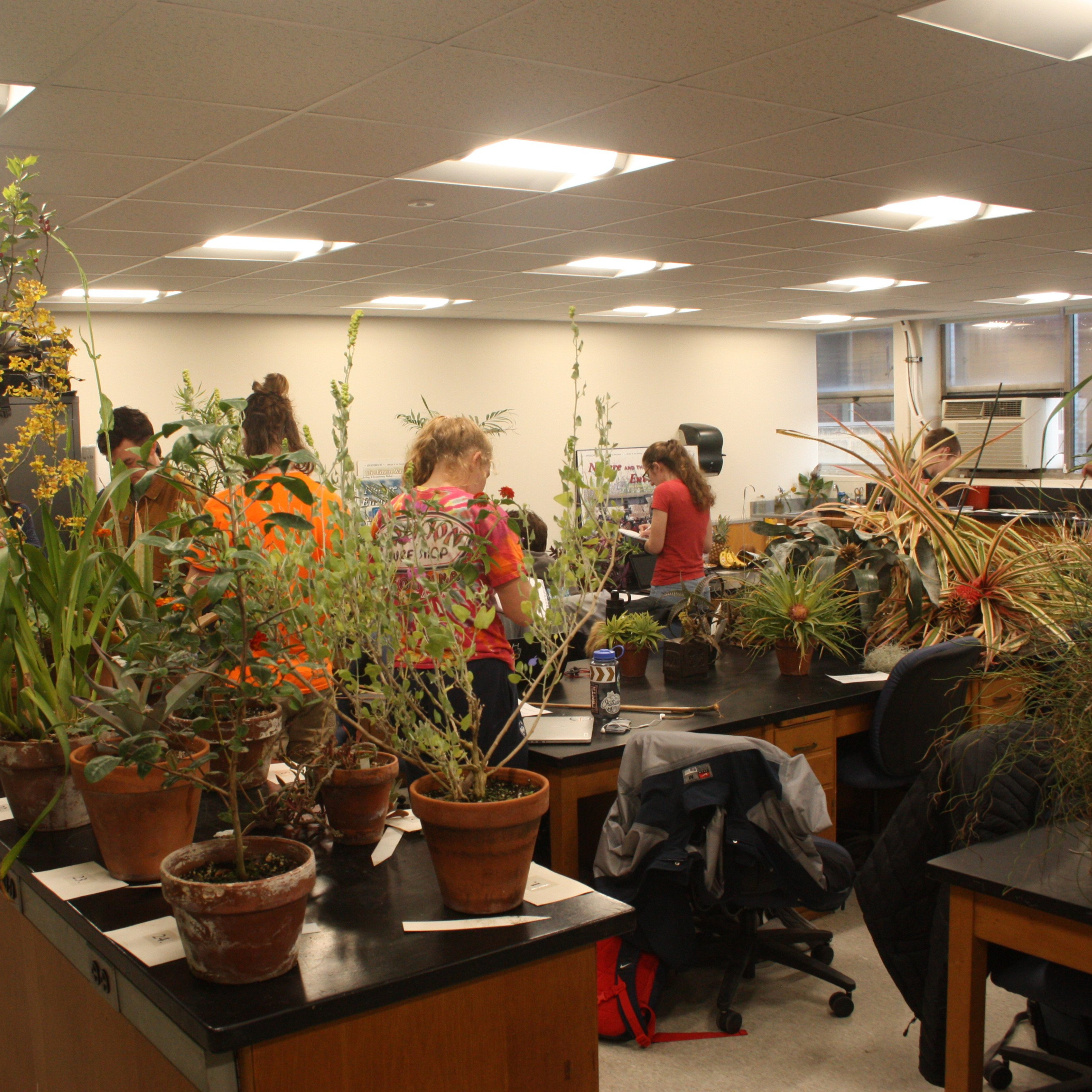
EEB 3273: Comparative Vertebrate Anatomy
Inside your body are the physical remnants of distant ancestors a fish gill in your throat, the jaws of a reptile in your ear, and the braincase of a shark in your skull (to name just a few). Other mysteries abound: the nerve that supplies the diaphragm below your ribs travels all the way from the neck; lower back pain afflicts 80% of adults. None of these things make sense except in light of evolution and the transformation of vertebrate form and function through time. This course teaches the fundamentals of anatomy while also tracing the evolution and diversity of vertebrate bodies, their adaptations, functions and biomechanics. In the lab you will experience anatomy directly through dissection, live animal demonstrations, and our extensive collection of bones and skulls.
Instructor: Schwenk
Typically offered: Fall alternate years, even
Credits: 4
Format: 3 h lecture, 3 h lab
Grading: Lecture exams; lab practicals and quizzes
EEB 3360: Physiological Ecology of Plants
The biggest challenges of being a plant are that they can’t go inside when it gets too hot or too cold, they can’t move around till they find something to eat, they can’t pick up and leave when there is nothing left to drink where they currently are, and when a bug comes to eat them, they can’t call an Uber. Rather, plants have to figure out how to take light from the sun, carbon dioxide from the air, and water and nutrients from the soil under the often really tough environmental conditions of where the seed that produced them happen to sprout. Plants have to figure out how to do this in a desert# when it is really hot, or in the alpine, where it is really cold. They have to figure out how to do this when there is almost no light when they are trying to grow at the bottom of a tropical rainforest, or when there is too much light (yes, avoiding sunburn is a real problem for plants too!). Plants have evolved an amazing array of physiological processes and adaptations that allow them to not only cope with the many challenges of the earth’s diverse environments, but to prosper in the most brutal of climates, to make the world the green place we see when we step outside, and to be the fundamental source of food for our existence. And as if they don t have enough to do just to survive, plants serve on the front line of fighting back against the human-caused rise of carbon dioxide in the atmosphere that is driving global climate change.
Instructor: Seemann
Typically offered: Fall alternate years, even
Credits: 3
Format: 3 hr Lecture
Grading: Grading is based on a midterm exam, a final, and occasional quizzes.
EEB 3894: Undergraduate Seminar
Instructor: TBD
Typically offered: Variable
Credits:
Format:
Grading:
EEB 3895-003: Medical Parasitology
The course is focused on the biology of the parasites responsible for human diseases. It aims to provide: an overview of the major parasite taxa infecting humans globally, an appreciation of the diversity of life-cycles, portals of entry, sites infected, modes of reproduction these parasites employ, and a basic understanding of the pathology associated with, and diagnosis of, infection with each major parasite group.
Instructor: Caira
Typically offered: Fall
Credits: 3
Format: 3 h lecture
Grading: Exams, in-class activities.
EEB 4100: Big Data Science for Biologists
Students will interact with real data from molecular biology, ecology, evolutionary biology, and systems biology.
We will emphasize data creation, integration, curation, manipulation, and visualization. This will enable students to take complex datasets and distill them into information that can lead to reasoned conclusions.
Instructor: Wegrzyn
Typically offered: Spring alternate years, even
Credits: 4
Format: 3 hr Lecture/Lab Integrated
Grading: laboratories (weekly), blogs entries/comments (weekly), and a final project (oral presentation and code)
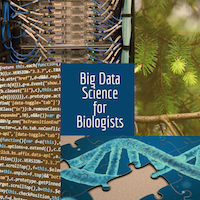
EEB 4120: Paleobiology
In this course, we learn about the ancient Earth and the organisms that inhabited it.# The lectures cover two general areas: 1) concepts and methods in paleobiology, and 2) the chronology of life s history as documented in the fossil record. We discuss all types of organisms, although the focus is on animals, and to a lesser extent plants. In lab, students learn to identify and interpret major groups of fossils using (mostly) real fossil specimens.
Instructor: Bush
Typically offered: Spring alternate years, even
Credits: 4
Format: 3 credits of lecture, 1 credit of lab, 1 field trip (weather permitting)
Grading: Grading is based on 2 midterm exams, the final exam, and the lab assignments
EEB 4200: Biology of Fishes
An introduction to the biology of fishes, with an emphasis on adaptation and evolutionary diversification. Topics include the evolution of major groups, morphology, physiology, behavior, and population and community ecology. Lectures, critical discussions of current journal articles, student presentations, and exercises in the field and laboratory. Field trips required.
Instructor: Schultz
Typically offered Spring alternate years, odd
Credits: 4
Format: 3 one hour lectures and one 3 h lab per week
Grading: Grades are based on exams, short written assignments, lab practical exams, and student presentations
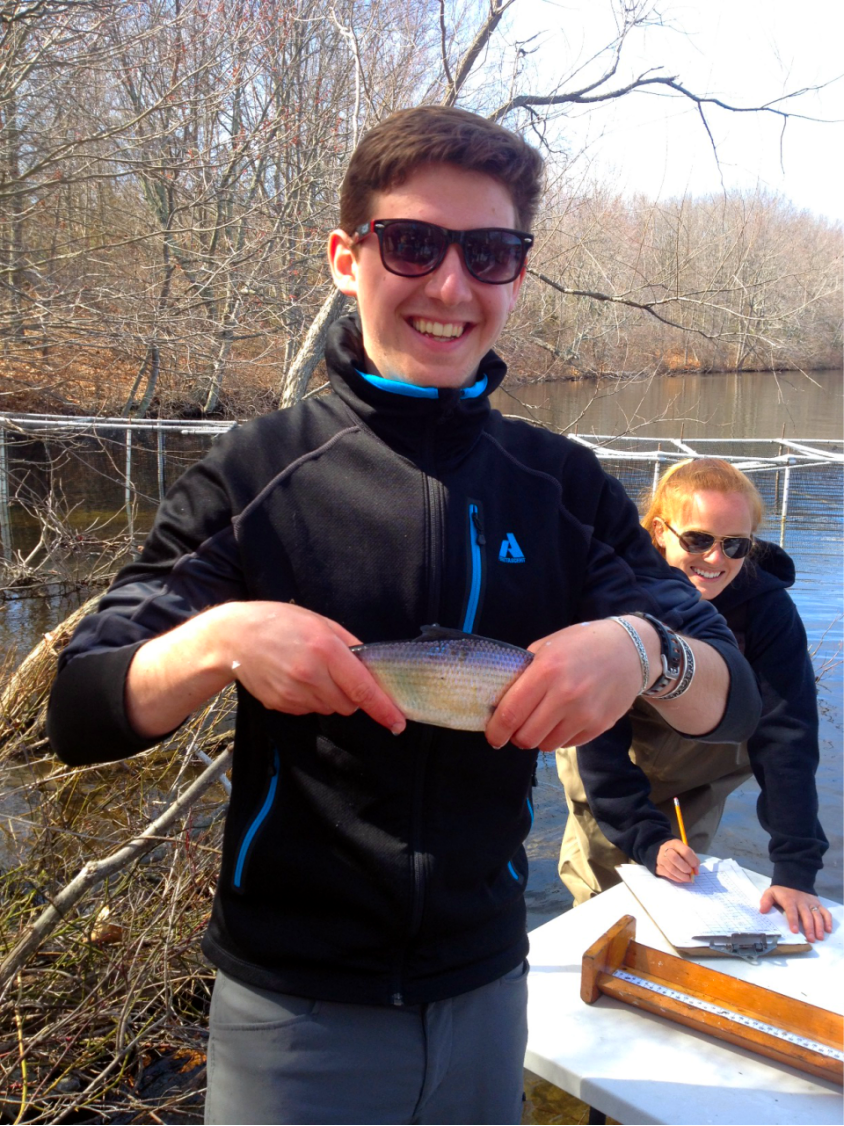
EEB 4215: Physiological Ecology of Animals
Physiology of animals in an evolutionary context: how individuals cope and how species adapt to natural environments. Topics include energy budgets, temperature regulation, energetics of locomotion, respiration, feeding and diet. Lectures, student-led presentations, and critical discussions of current journal articles.
Instructor: Schultz
Typically offered Spring alternate years, even
Credits: 3
Format: 3 one hour lectures
Grading: Grades are based on exams, short written assignments and student presentations
EEB 4250: General Entomology
More than half of all animals on the planet are insects and still only about 25% have been named. Insects tether together the world s terrestrial and freshwater food webs. They pollinate our crops and more than three-quarters of the world s flowering plants. You will descend into a universe of extraordinary diversity, beauty, boundless anatomical variety, change, and discovery. Lectures treat all aspects of entomological science: basic morphology and physiology, development, behavior, ecology, and aspects of applied entomology. The lab emphasizes sight identification of the common families and their life histories. In case 7 million species is not enough for you, you will also leave the course knowing more about spiders and other terrestrial arthropods than most biologists.
Instructor: Garcia-Robledo or Wagner
Typically offered Fall
Credits: 4
Format: 2 lectures and an 2 afternoon labs each week
Grading:
EEB 4230W: Methods of Ecology
Methods of Ecology is an intensive, hands-on course designed as a primer in how to conduct ecological research. The course is particularly useful for students interested in pursuing research-relevant or data-oriented careers and for Honors students who will be writing theses. By the end of the course, students will 1) know how to ask research questions and develop testable hypotheses, 2) be familiar with a variety of field sampling and computational methods commonly used in ecological studies, including how to code using the program R, 3) be able to enter data, visualize it, and run a variety of fundamental statistical tests, and 4) be confident in how to turn collected data into a publishable scientific manuscript.
Instructor: Tingley
Typically offered Fall
Credits: 4
Format: Two 4-hour combined lecture/labs per week, including 9 field trips
Grading: Weekly assignments, final project report, no tests
EEB 4252: Field Entomology
Collection, identification, and ecology of insects. Includes extensive field trips.
Instructor: TBD
Typically offered Summer
Credits: variable
Format: Lecture, Laboratory, daily field trips
Grading:
EEB 4260: Ornithology
Birds are the most numerous, most visible, and arguably most influential land animals on earth. Birds have provided humans with food, clothing, decoration, pets, pest control and design inspiration since the beginning of recorded history, and have been critical test subjects for the most important ideas in science. This lecture course explores how the unique biology of birds evolved, and resulted in the enormous diversity of bird form and function we see today. (Taken with EEB 4261, fulfills the Animal Diversity requirement for EEB majors)
Instructor: Rubega
Typically offered Spring
Credits: 2
Format: Lecture
Grading:
EEB 4261: Ornithology Laboratory
This course builds on the background knowledge gained in EEB 4260 (a prerequisite, or required concomitantly) to help students gain skills in the professional study of birds. Students will put avian evolution and diversity in context by learning bird anatomy through hands-on dissection of wild bird specimens, and the skills (bird identification by sight and sound; bird survey technique; methods for quantifying behavior) needed to study birds directly. Most 4 hour lab sessions are spent outside, in all kinds of weather — this is a course for students who think the worst day outdoors is better than the best day in a classroom. (Taken with EEB 4260, fulfills the Animal Diversity requirement for EEB majors)
Instructor: Rubega
Typically offered Spring
Credits: 2
Format: Lab, weekly field trips
Grading:
EEB 4262: Field Methods in Ornithology
Careers with state, federal or non-profit organizations as a bird biologist requires skills in the design and practice of bird surveys, behavioral observation, and identification of birds by sight and sound. This intensive summer course will immerse students in the practice of avian field biology through daily field trips and an independent project.
Instructor: TBD
Typically offered Summer
Credits: 3
Format: Lecture, Laboratory, daily field trips
Grading: EEB
EEB 4272: Summer Flora
This course focuses on the botany, systematics, and ecology of Connecticut’s native and exotic plants.# Students learn basic field botany skills including: writing detailed field notebooks, identifying local plants, making field presses, mounting herbarium records, and recognizing common New England habitats. This course relies primarily on outdoor field trips and is well suited to students who are interested in careers within wildlife management/field biology or who simply desire an in-depth knowledge of the nature surrounding UConn.
Instructor: TBD
Typically offered Summer
Credits: 3
Format: Lecture, Laboratory, daily field trips
Grading:
EEB 4274: Intro to Animal Parasitology
This is an introductory course of the survey type. Coverage includes the diversity of protozoan and metazoan groups that include species that parasitize animals. Some emphasis is placed on groups of particular veterinary and/or economic importance. Lectures and labs emphasize knowledge of the biology of individual parasites. Basic “principles of parasitism” and parasite ecology are introduced in the context of groups of parasites that exemplify these principles particularly well.
Instructor: Caira
Typically offered Fall alternate years, odd
Credits: 4
Format: 3 h lecture, 3 h lab
Grading: Exams, lab practicals, quizzes, and lab notebook.
EEB 4275: Invertebrate Zoology
This course provides an overview of the non-vertebrate animals. It emphasizes comparative study of form and function, and the complexity, diversity, and phylogenetic relationships of invertebrates.
Instructor: Caira
Typically offered Fall alternate years, even
Credits: 4
Format: 3 h lecture, 3 h lab
Grading: Exams, unknown specimen challenges, lab practicals, and quizzes.
EEB 4276: Plant Structural Diversity
This course explores internal structure of plants from a functional perspective. We combine microscope studies of plant anatomy with ecophysiology to examine how variation in the cellular configurations leaves, stems and roots reflects various adaptations to living on land. We approach increasing complexity from a phylogenetic and developmental perspective, building the plant body from embryos through flowers.
Instructor: Jones
Typically offered Fall alternate years, odd
Credits: 4
Format: Integrated lecture/lab in 3 hr blocks; short content lectues followed by a lot of looking at plants
Grading:
